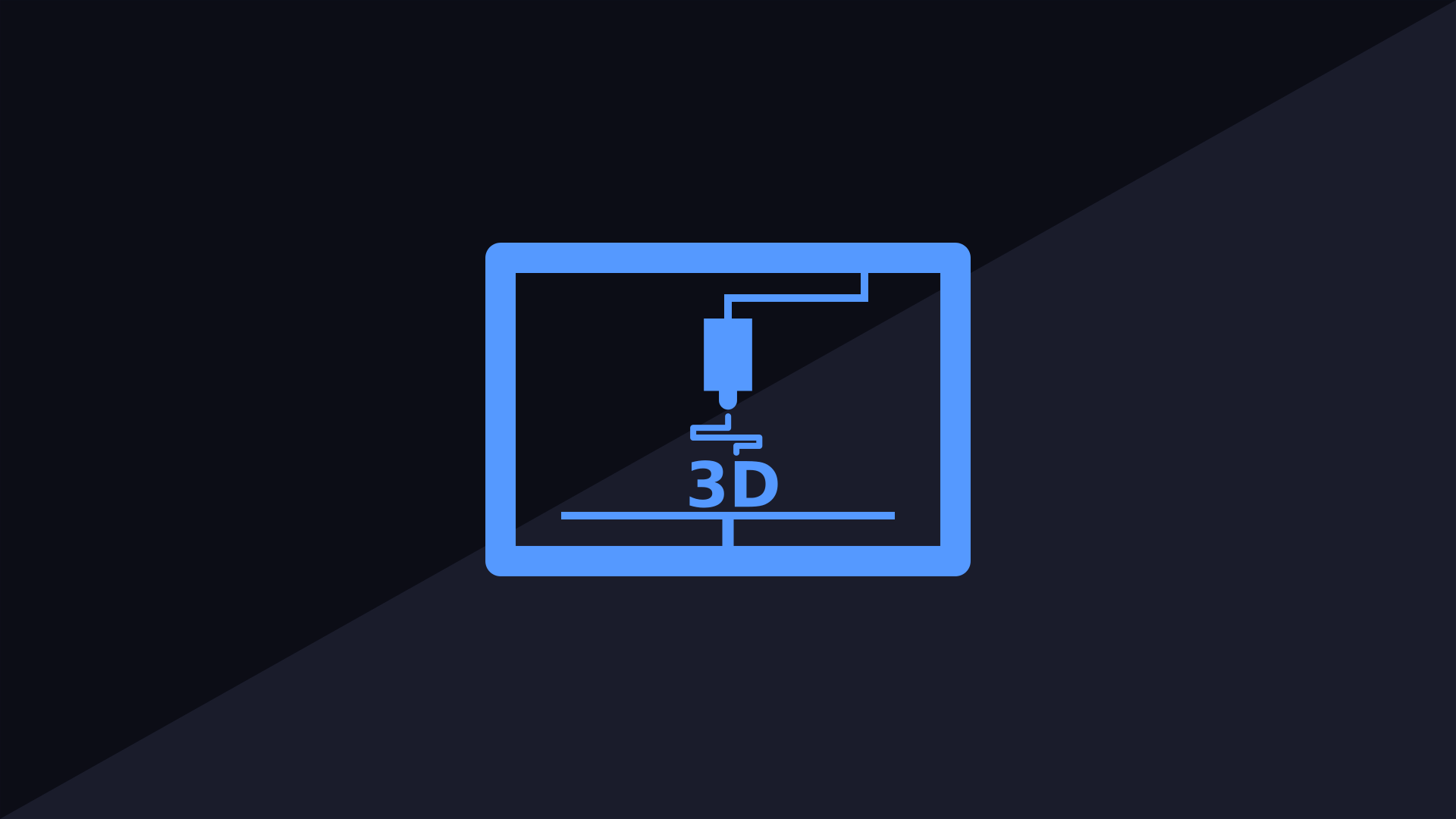The Present and the Future of 3D Printing: Problems and Predictions

Over the course of the last 15 years, 3D printing went from a curious souvenir-producing activity to a complex technology that can change entire industries. What will happen to 3D printing in the future?
Modern 3D printing uses metal and polymers: solid or flexible, hard or soft, combustible or incombustible. They are applied everywhere: from manufacturing, architecture, medicine, and electronic production to the fashion industry and arts.
Some technical issues are still not fixed since the search for further optimization is continuous but the main capabilities of 3D printing are now clear: modern 3D printers can produce an apartment building, a bridge, a rocket nozzle, a titanium skeleton, a custom-made dress, Art Deco or jewelry. Accumulated experience and new technologies make production costs go down all the time. The prices of 3D printers have gone down by orders of magnitude during recent decades. from millions to hundreds of thousands and even tens of thousands of dollars.
But the question of practice and marketing strategies becomes even more stressful: what will the transition from mass production to individual ones bring to the world? And what industries will be the most profitable?
Table of Contents
Production
The field of metal 3D printing is moving very fast. The advantages over outdated techniques are colossal: mathematical modeling of set parameters, instant prototyping, producing the shapes that weren’t available for machine manufacturing before, etc. Even if one would ignore the evangelists of 3D printing, the facts speak for themselves. The largest global manufacturers — BMW, Mercedes, Volkswagen, Ford — invested billions of dollars in the development of new technologies over the course of the last 2 years. For example, GE acquired Concept Laser, Siemens announced the plants to work with HP and Trumpf, and the majority of the largest automotive manufacturers announced using new equipment in the near future.
Lately, the experts are talking about 3D printing entering the aerospace industry: NASA, Boeing, Airbus, SpaceX are already working with 3D printed parts for their aircraft and spacecraft. European Union Aviation Safety Agency (EASA) even certified 3D printed parts. 3D technologies are especially in demand in the aerospace industry since the number of individual details is in tens and hundreds. For example, mass-producing Toyota Camry would require millions of parts that would be more efficiently and profitably produced using traditional equipment, but rockets and planes are a different case.
Electronics
The technology of carbon nanotubes (CNT) that can be 3D printed using standard commercial 3D printers were developed in Italy. At first, it seems like just an interesting challenge for niche experts. But fortunately, it’s not the case, since the CNTs are the base of conductive composite materials with improved electrical properties. Adding 0.1 CNT to a polymer mix will improve the electrical conductivity of the material by three orders of magnitude.
To make the explanation more clear: if the technology improves further, there will be no need for the wires, since the printed parts will already include conductive paths. The projects like these are already in development by various companies from around the world: for example, American brand Voxel8 has already created a specialized 3D printer that can be used for producing conductors and embedded electronics.
Medicine
The evolution of manufacturing and electronic devices might go unnoticeable: during the course of the last three generations, humanity has been living in the era of technological advancements that became a normal part of modern reality. But even after the Internet and Apollo 11, there’s something that 3D printing can impress with: for example, some medical achievements. A company named Wake Forest developed a complex solution for printing cells, bones, and even internal organs (ITOP).
ITOP uses human cells for organ generation based on the genetic code. The organs can be surgically implanted into a human body without the risks of rejection. So far they managed to bio-print bones, muscles, and cartilages using ITOP, after which they were implanted in rats. Yes, at this time it’s just lab experiments but they are successful: several months of monitoring have proven that the implanted tissues developed their own circulatory and neural systems. The next step would be human trials, where the project authors will try to reproduce the same results.
Overall, the trend is obvious: science is moving forward replaceability of each organ and body part of a human body. This will make curing the vast majority of chronic illnesses possible, as well as treating serious injuries, where the need for healing or managing will be replaced by a simple and affordable organ replication.
Material Revolution
At MIT, a sheet of graphene with the thickness of one molecule was 3D printed. This was just a test that was part of new composite material development. The latter would feature the parameters that are not yet possible with the current technology: it’s lighter than air but 10 times stronger than steel.
Another advanced technology involves using a so-called ceramic foam with the parameters that can be changed (density, elasticity, weight) in 3D printing. It means that the same material can be used for producing both inflatable Tall Man figures that will be moved by wind and a monument with a weight of 4 tons. Not only does this imply working with the shapes, but also a microstructural (the foam processing) and architectural (modeling and printing) control will be needed. .The theoretical side of things is done with, but there will be several years of practical tests and upgrades.
Another leap of progress was done in the field of metal laser sintering. A new technique that mixes the metal powder with a polymer inside of a 3D printer results in very strong metal parts.
Modeling
Software plays a major role in realizing the full potential of 3D printing. Not only does using programs such as AutoCAD allows for the generation of complex models, but they also make it possible to automate the process, leaving the calculations and prototyping to the machine. Even a PC with an average power will be able to design objects that are 50-60% stronger, more lightweight, or ergonomical compared to those designed manually by the engineers. And the materials are not the only reason: there is better industrial flexibility compared to casting, processing and stamping. The constructions that can be 3D printed will replace composite structures and improve them significantly.
Nowadays, the software side of things is evolving even more rapidly, than the technological one. New 3D scanning, 3D modeling, prototyping and optimization programs emerge on the market. One of the priorities for new software developers is maximum usability and is geared not only towards the professionals but also to regular users. It’s important that not only 3D printer software is high quality, but also the 3D editors since they provide the freedom of design and customization.
Problems
Of course, even considering all the future prospects of 3D technologies, there are serious issues in this field. The main limiting economical factor is the price of materials. The properties of the polymers existing on the market are still very variable and don’t meet the industrial standards, while the metal solutions have reached the needed strength but they are still very limited and costly for mass use. There are only 40, 000 tons of powder still produced globally annually, even though the number doubles every year.
Another thing to consider is the availability of 3D printers. Despite a popular joke, the complex and advanced models can’t print themselves yet. Moreover, they need to become faster and bigger themselves. The third problem is the lack of qualified 3D designers, experience, knowledge and understanding of specific field-related needs. The manufacturers and users only start finding efficient channels of communication. Fortunately, the amount of educational courses in this field has grown significantly over the course of the last few years.
Finally, the lack of an existing mass market. A business operating in the field of 3D printing is going to replace entire economical segments. But the market and the consumers are not yet ready for a world where every household item can be ordered online and picked up at a small studio on the ground floor of their own house.
Predictions
- 3D printing will enter the mass market in the next five years. 3D printing studios will emerge in all places where there will be at least a thousand of potential customers.
- The cost of resources will be going down: both polymers and metal parts.
- 3D printing will soon replace any small-batch production. Meanwhile, the prices will go down thanks to cutting costs in capital investments, logistics, warehouse capabilities, etc.
- There will be a large 3D modeling market. The studios that will calculate the shapes of parts and the mathematical formulas of their physical properties will appear. The vast majority of the blueprints will be available publicly online for free, while the individual orders will be paid but their prices will be reasonable and accessible to a wide range of customers.
- 3D printing will create a new market of medical services where the most common recommendation will be replacing damaged organs with lab-grown ones, instead of treating the wounds or managing symptoms.
- The construction segment will go through significant changes related to widely available, individual and inexpensive manufacturing. Likely the future projects will be realized by the standards of New Urbanism.





